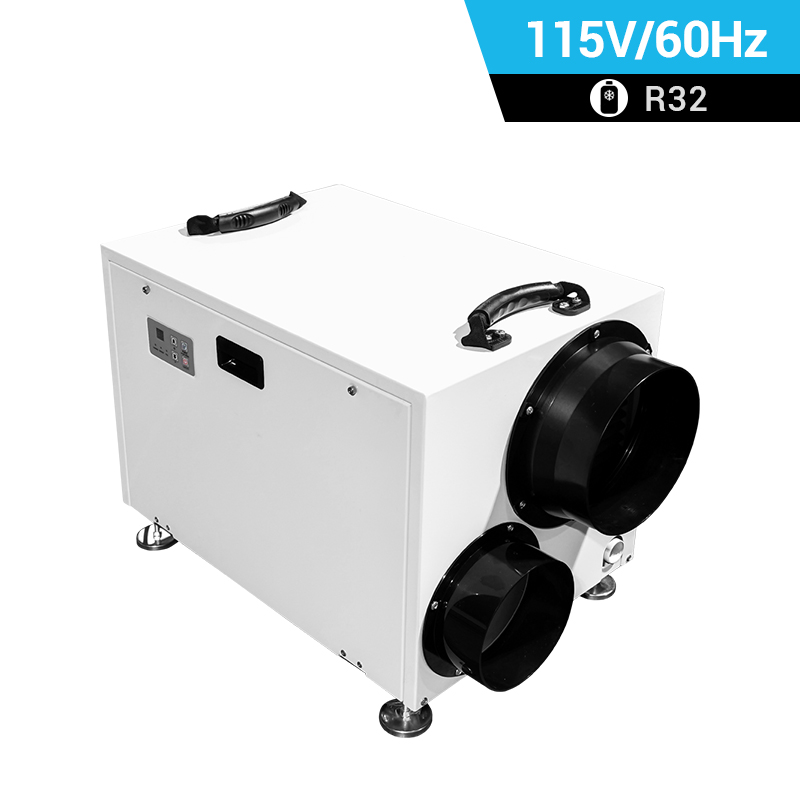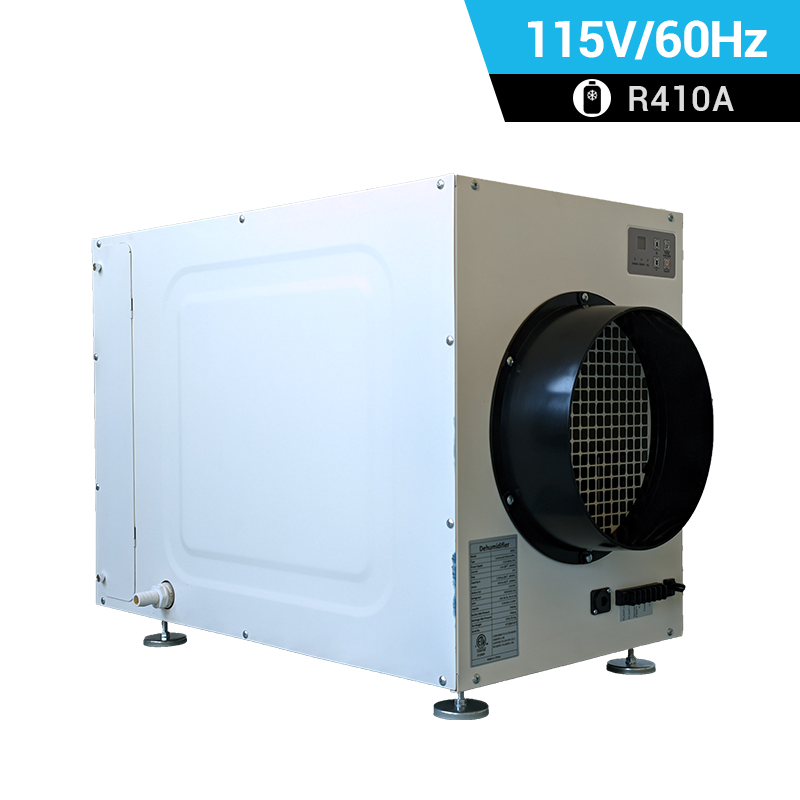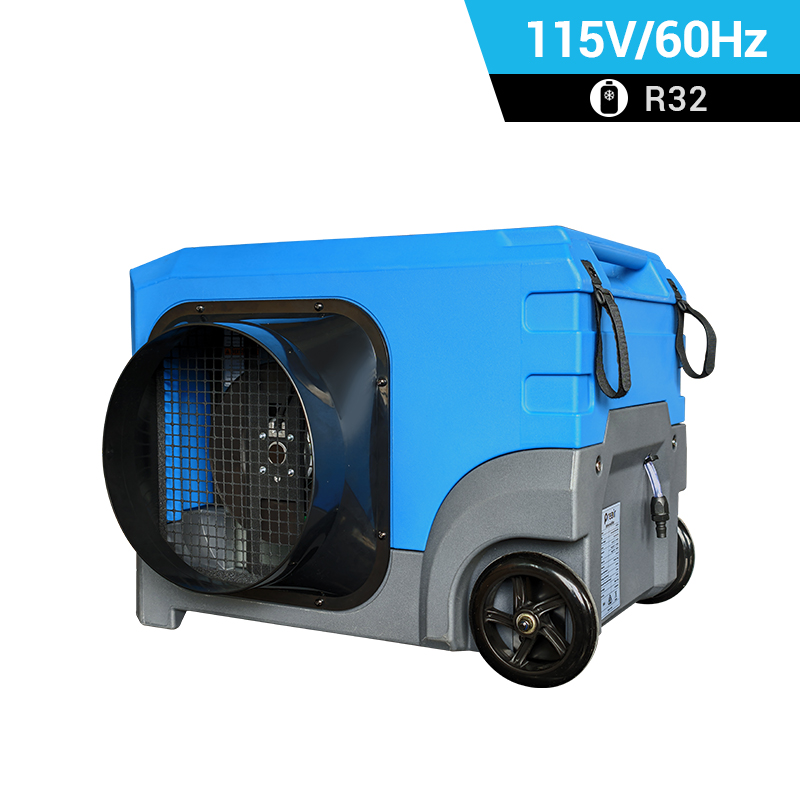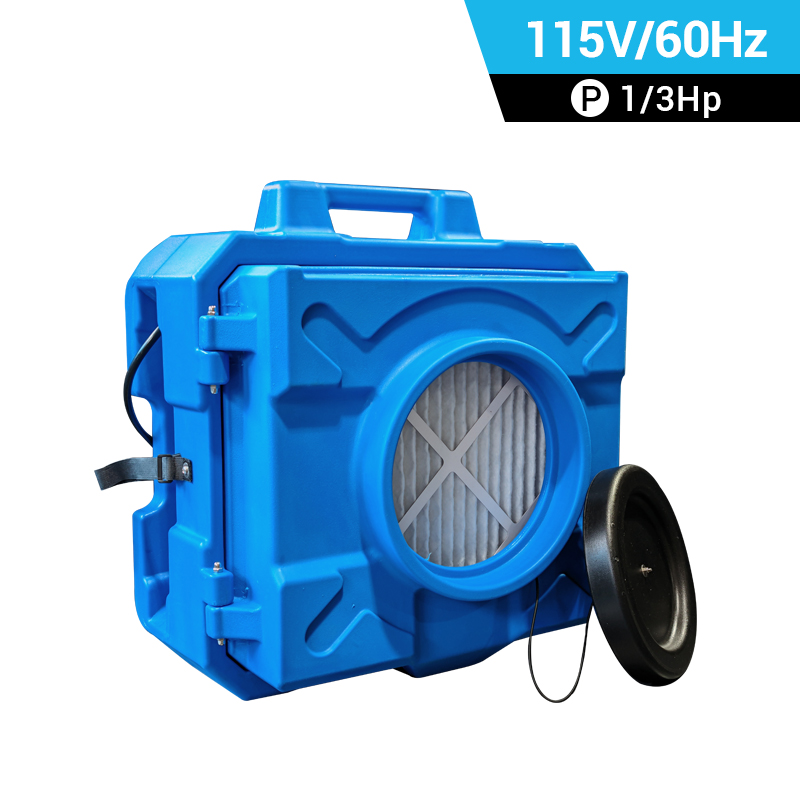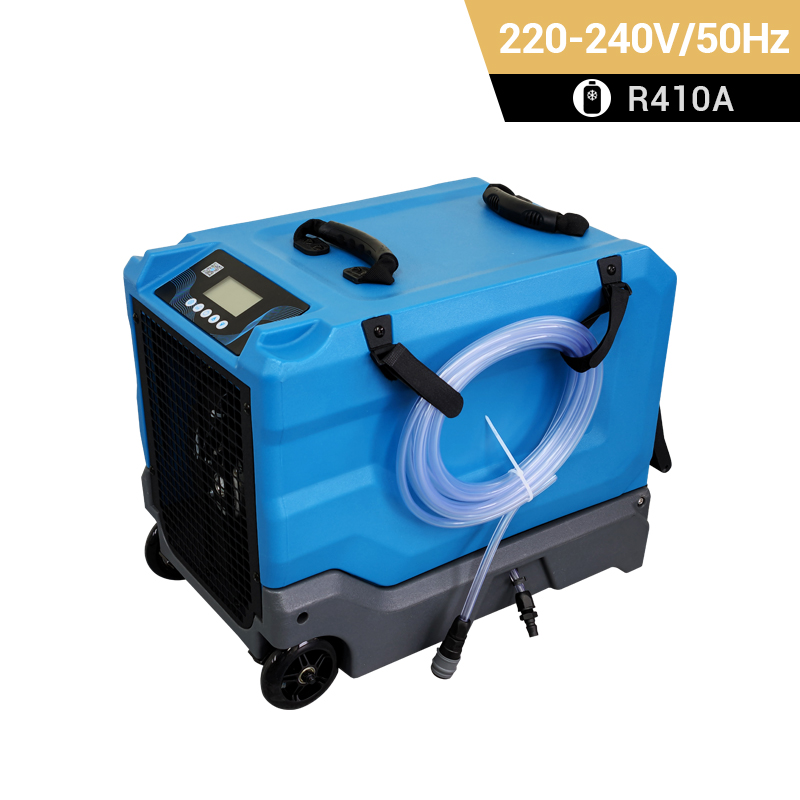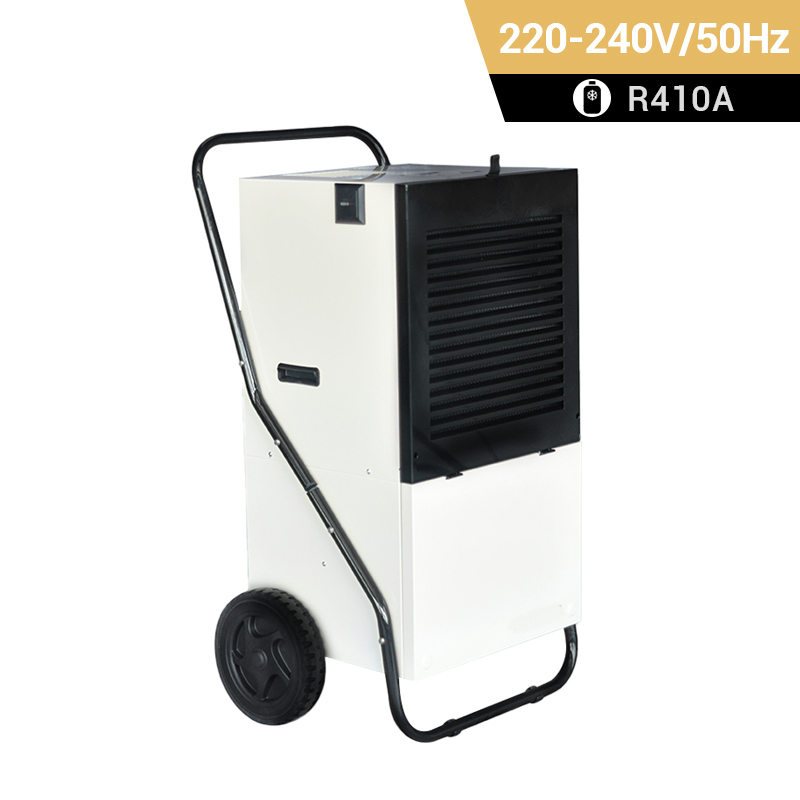 +86-13376814803
+86-13376814803  robert@hzhongtai.com
robert@hzhongtai.com
In Crawl Space Dehumidifier
Choosing the right crawl space dehumidifier is crucial for maintaining a healthy home environment and preventing issues such as mold, musty odors, and structural damage. Here are key factors to consider when selecting a crawl space dehumidifier:
1. Crawl Space Size:
- Measure the square footage of your crawl space. The dehumidifier's capacity should be appropriate for the size of the space. Dehumidifiers are typically rated in pints per day (PPD), so choose a unit that matches or slightly exceeds the recommended capacity for your crawl space size.
2. Humidity Control:
- Look for a crawl space dehumidifier with adjustable settings or an integrated humidistat. This allows you to set and control the desired humidity level in your crawl space. A unit with auto-humidity control can operate more efficiently by turning on and off as needed.
3. Low-Temperature Operation:
- Crawl spaces can be cooler than other parts of the house. Ensure that the commercial crawl space dehumidifier is designed to operate effectively at low temperatures. Look for models with a low-temperature cutoff or a defrost feature.
4. Drainage Options:
- Consider the drainage options available. Some dehumidifiers have a built-in pump for continuous drainage, while others may rely on gravity drainage or manual emptying of a collection bucket. Choose the option that best suits your crawl space setup.
5. Energy Efficiency:
- Energy-efficient models can help reduce operating costs. Look for an energy efficient crawl space dehumidifier or other energy-saving features, especially if the unit will be running continuously.
6. Air Filtration:
- Some crawl space dehumidifiers come with air filtration features to improve air quality. This can be beneficial for capturing dust, mold spores, and other particles, contributing to a healthier indoor environment.
7. Durability and Corrosion Resistance:
- Crawl spaces can be prone to high humidity and damp conditions, potentially leading to corrosion. Choose a dehumidifier with durable materials and corrosion-resistant components to withstand the crawl space environment.
8. Quiet Operation:
- Consider the noise level of the dehumidifier, especially if the crawl space is close to living areas. Look for models with quiet or ultra-quiet operation to minimize disturbance.
9. Size and Portability:
- Consider the size and portability of the dehumidifier, especially if space in the crawl space is limited. Compact and portable models are easier to install and maneuver in confined spaces.
Before making a purchase, thoroughly assess your crawl space conditions, measure the space, and consider any specific challenges it presents. Consulting with professionals or seeking advice from experts in crawl space management can also be beneficial.
Related Products






